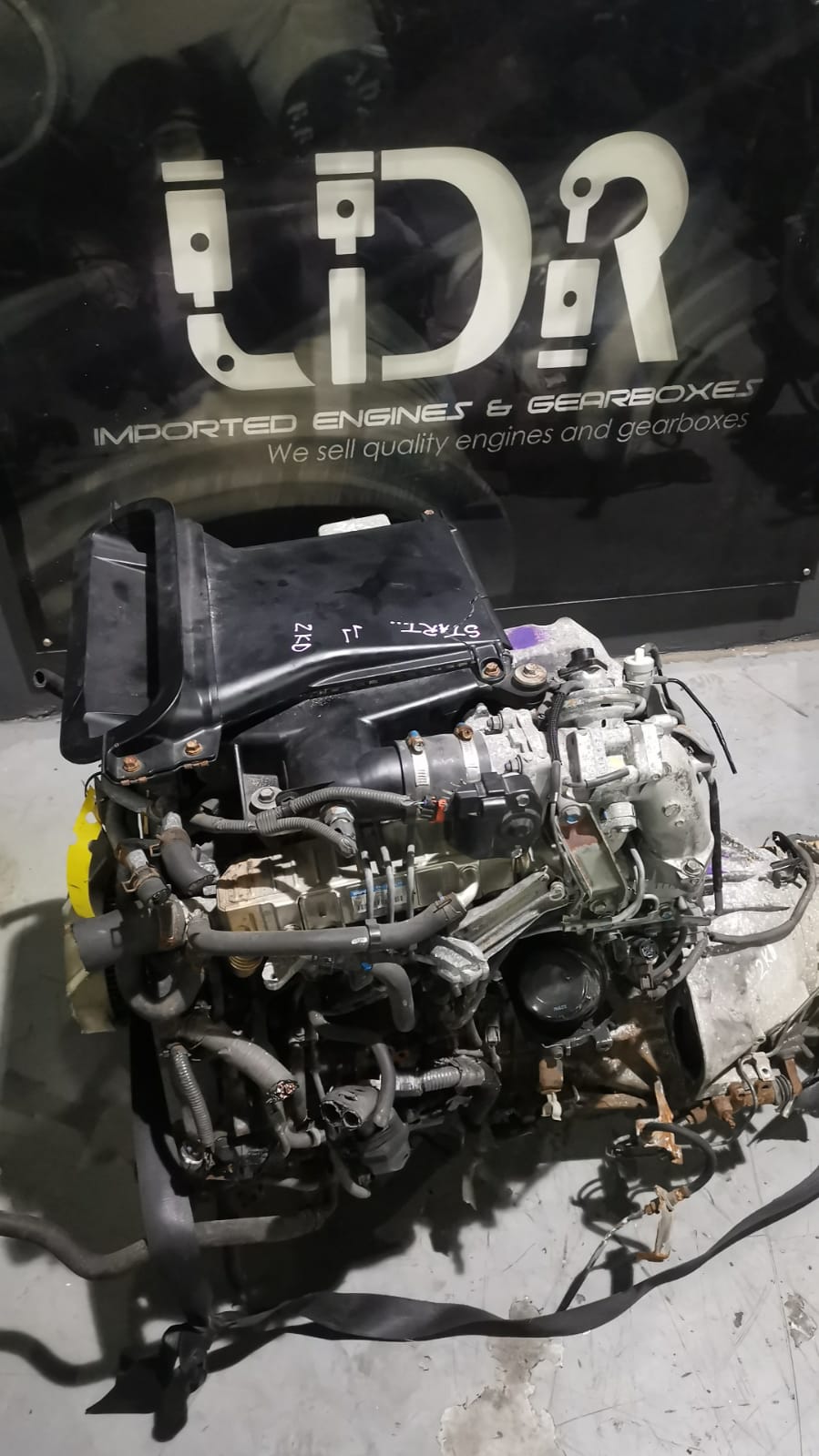Discovering the Inner Workings of a Compact Car's Engine System
As drivers, we commonly take for granted the complex processes that happen within the boundaries of our vehicle's engine system. In this exploration of a portable vehicle's engine system, we will certainly unravel the inner operations of this mechanical symphony, dropping light on the enigmas that drive us forward on our everyday trips.
Burning Process Introduction
The burning process in a small automobile's engine system is a crucial system that successfully converts fuel into power to power the lorry. This process happens within the burning chamber of the engine, where gas and air mix, fire up, and produce controlled surges. The burning procedure contains four primary stages: intake, compression, power, and exhaust.
During the consumption stage, the piston moves downward, attracting in a blend of air and fuel into the combustion chamber. This down movement produces the power required to drive the automobile. This cyclic combustion process is essential to the procedure of a small vehicle's engine system, making sure efficient power conversion for propulsion.
Piston and Cyndrical Tube Interaction

The piston's precise fit within the cylinder is important for preserving optimal compression and preventing power loss throughout burning. Limited clearances in between the piston and cylinder wall surfaces make sure effective securing, enabling the piston to relocate smoothly without allowing gases to leak past. Appropriate lubrication is additionally essential to decrease rubbing and put on between these parts, boosting durability and performance.
Additionally, the design and products utilized in making the piston and cylinder influence engine effectiveness and toughness. Modern engines often employ lightweight yet long lasting materials like aluminum alloys for pistons and cylinder linings to lower inertia and enhance thermal efficiency. On the whole, the unified communication between the piston and cylinder is basic to the engine's capability and general efficiency.
Fuel Shot System Performance
Gas shot systems in portable vehicle engines play an important duty in exactly delivering gas to the combustion chamber for regulated and effective ignition. The gas injection system works by infusing fuel right into the combustion Clicking Here chamber at the optimum moment throughout the engine's operation (opel corsa engine). This accurate timing ensures that the gas blends uniformly with the air for correct combustion, causing improved gas efficiency and decreased exhausts
There are mostly two sorts of fuel injection systems made use of in compact automobile engines: port fuel shot (PFI) and straight fuel injection (DFI) PFI systems inject gas into the intake port prior to the consumption valve, while DFI systems inject gas straight into the combustion chamber. Both systems have their advantages, with DFI supplying better fuel atomization and PFI providing an extra cost-efficient service.
Understanding Engine Cooling Mechanisms
Effective procedure of a compact vehicle's engine relies greatly on the efficiency of its cooling systems. Engine air conditioning is vital to stop overheating, which can result in severe damages and website here lowered performance. The air conditioning system in a small automobile commonly includes numerous components collaborating to manage the engine temperature level. One crucial component is the radiator, which utilizes coolant to take in warmth from the engine. As the hot coolant moves through the radiator, it releases heat right into the air, cooling off before returning to the engine. The water pump distributes the coolant through the engine and radiator, ensuring a consistent flow to manage temperature. Additionally, the thermostat aids regulate the coolant circulation to maintain optimal engine temperature. Some lorries likewise have cooling fans that turn on when added cooling is required, such as during rush hour or heat. Understanding these engine cooling mechanisms is crucial for maintaining the efficiency and longevity of a compact automobile's engine system.

Exhaust System Components Explained
The optimum performance of a portable vehicle's engine cooling mechanisms depends on a complementary system understood as the exhaust system, which consists of numerous essential parts for making sure reliable emissions and engine efficiency. The exhaust manifold gathers exhaust gases from the engine's cyndrical tubes and routes them to the catalytic converter.
One crucial part of the exhaust system is the oxygen sensor, which monitors the oxygen degrees in the exhaust gases to help regulate fuel intake and ensure ideal engine efficiency. opel corsa engine. In addition, the resonator may exist in some exhaust systems to minimize noise degrees. Generally, the exhaust system plays an important role in maintaining engine efficiency, reducing hazardous discharges, and making certain a quieter driving experience for compact automobile proprietors

Final Thought
Finally, the compact lorry's engine system is a complex mix of parts that work with each other to assist in the combustion process, transform fuel into power, and remove waste gases. Recognizing the internal operations of the engine system, consisting of the piston and cylinder communication, fuel injection system, engine cooling systems, and exhaust system components, is important for preserving ideal efficiency and effectiveness of the automobile.
The burning process in a compact car's engine system is an important system that effectively transforms fuel into energy to power the click this vehicle.Fuel shot systems in portable lorry engines play an essential duty in specifically supplying gas to the burning chamber for regulated and effective ignition.There are mostly 2 types of gas injection systems used in compact lorry engines: port gas injection (PFI) and direct gas injection (DFI) Understanding these engine cooling systems is important for maintaining the efficiency and long life of a small car's engine system.
The optimal functioning of a portable lorry's engine air conditioning devices depends on a corresponding system understood as the exhaust system, which comprises numerous necessary elements for guaranteeing efficient exhausts and engine performance.